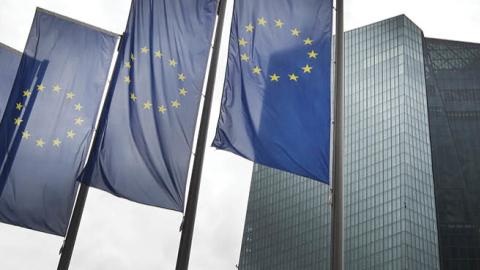Usually it’s right-wing U.K. and U.S. euroskeptics who prophesy doom for the European Union, but in the past couple of weeks voices of gloom have come from the heart of the EU establishment.
Former European Commission President Jacques Delors spoke of a “mortal danger” to the bloc. Former Italian Prime Minister Enrico Letta warned of the “deadly risk” Europe faces. Spain’s Prime Minister Pedro Sánchez called this Europe’s “worst crisis since the Second World War.” Portugal’s Prime Minister António Costa agrees: “Either the EU does what needs to be done or it will end.” Inaction, warned French President Emmanuel Macron, could be the death of the EU.
The coronavirus has reopened old wounds and torn Europe in two along the old creditor-debtor line—a mostly Latin Southern Europe vs. a largely Nordic and Germanic North. The massive economic and social shock of the pandemic has hit every European country, but the Germans and their neighbors can manage, mostly, on their own resources. Southern states, many already burdened with high levels of debt and some having yet to recover from the 2007-09 recession, need help.
Read the full article in the Wall Street Journal

















